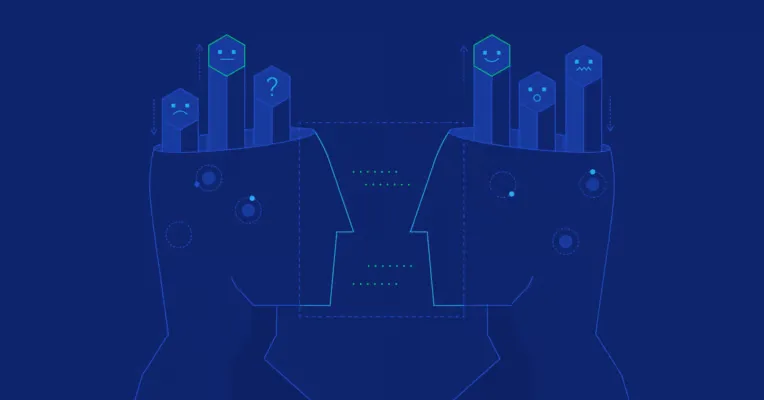Emotional design centers around crafting interfaces that evoke positive emotions and foster meaningful interactions with users.

Understanding Emotional Design:
- Design interfaces that establish a resonant emotional connection with users, fostering deeper engagement.
- Prioritize user experience by crafting intuitive and seamless interfaces.
- Utilize color, typography, imagery, and animation strategically to evoke specific emotions.
- Comprehend users’ needs, desires, and pain points to design interfaces that cater to their emotional responses.
- Infuse storytelling elements into interface design to create captivating narratives that inspire users.
- Implement feedback mechanisms like micro-interactions and animations to instantly gratify and delight users.
- Ensure interfaces are accessible to users of all abilities, accommodating diverse emotional experiences and preferences.
Implementing Emotive Design:
- Conduct user research to gain insights into user behavior, emotions, and preferences.
- Develop user personas to empathize with target users and tailor interface design to meet their emotional needs.
- Prototype interfaces and conduct usability testing to iterate.
- Embrace an iterative design process to continuously enhance interfaces based on user insights.
- Cultivate collaboration among designers, developers, and stakeholders to integrate affective design principles throughout the development process.
Benefits of Emotional Design:
- Interfaces designed with emotional appeal attract and retain users, leading to higher engagement.
- Emotionally resonant interfaces cultivate a strong emotional bond with users, fostering brand loyalty.
- Interfaces prioritizing expressive design deliver a more enjoyable and fulfilling user experience.
- Emotionally engaging interfaces differentiate products and services in a crowded marketplace, providing companies with a competitive edge.
Conclusion: Expressive design emerges as a potent approach to interface design, prioritizing users’ emotional needs and experiences, thereby fostering more meaningful interactions and positive outcomes.
Checkout other resources for Sustainable Design:
Sustainability UI Checker: Figma Plugin
[PDF] The Sustainable UX Design Toolkit
Final Note: By integrating emotive design principles into interface design processes, designers can craft interfaces that resonate with users, establish connections, and inspire lasting engagement.
Additionally, integrating storytelling elements into interface design can create narratives that captivate and engage users on a deeper level. Through iterative design processes and usability testing, designers can refine interfaces to ensure they resonate with users and provide a fulfilling experience. Ultimately, demonstrative design principles enable designers to create interfaces that foster lasting engagement and connection with users.




